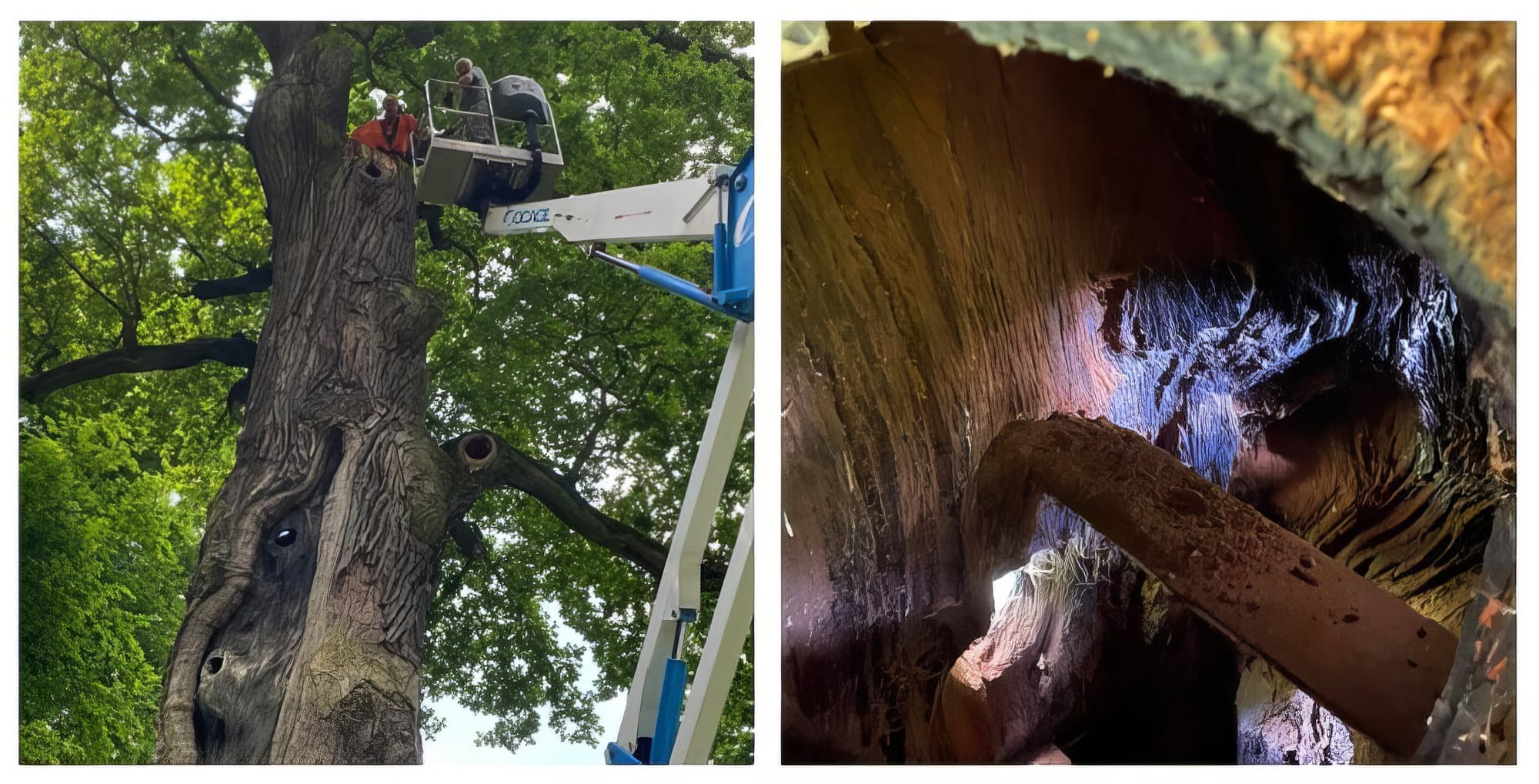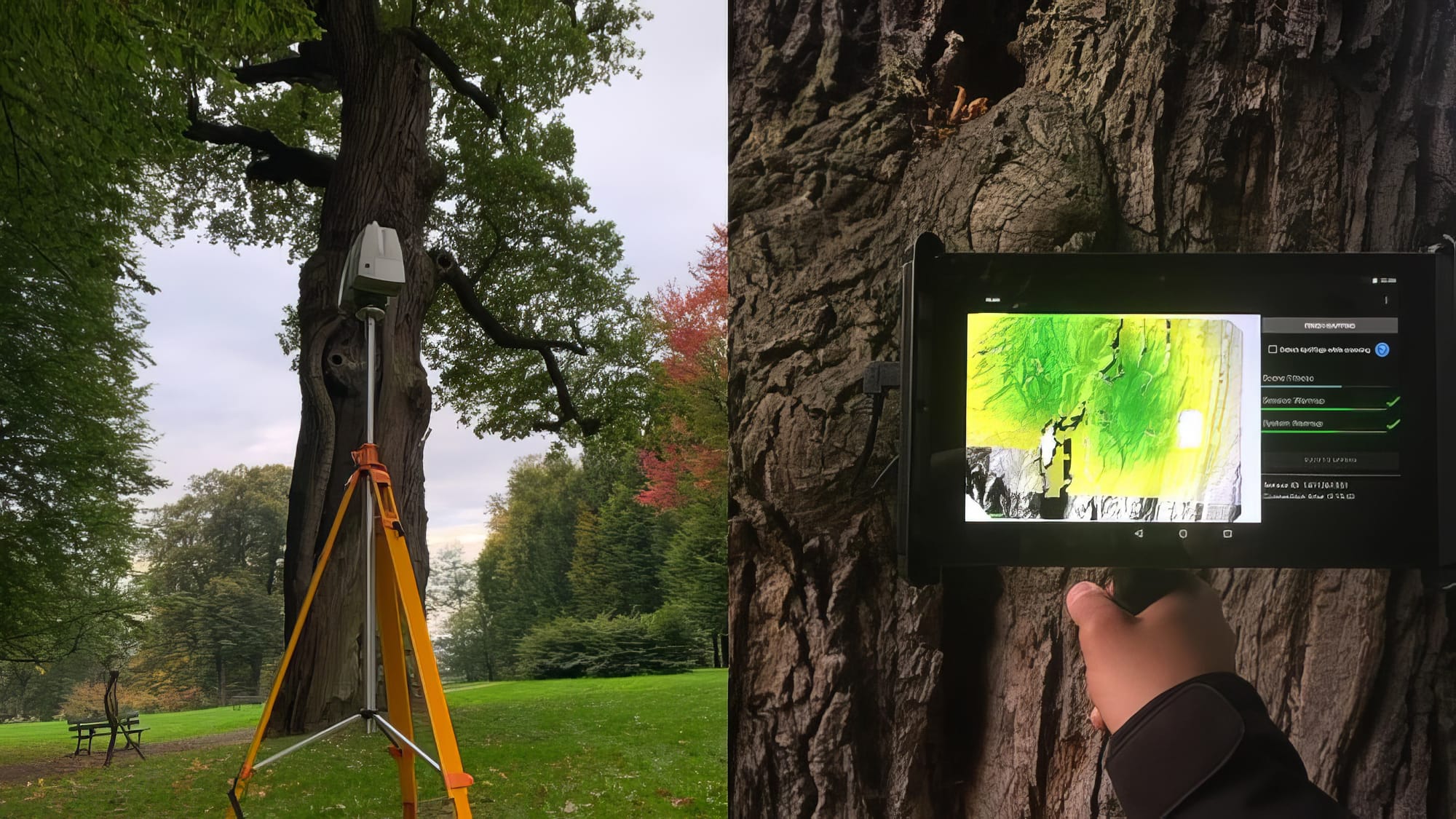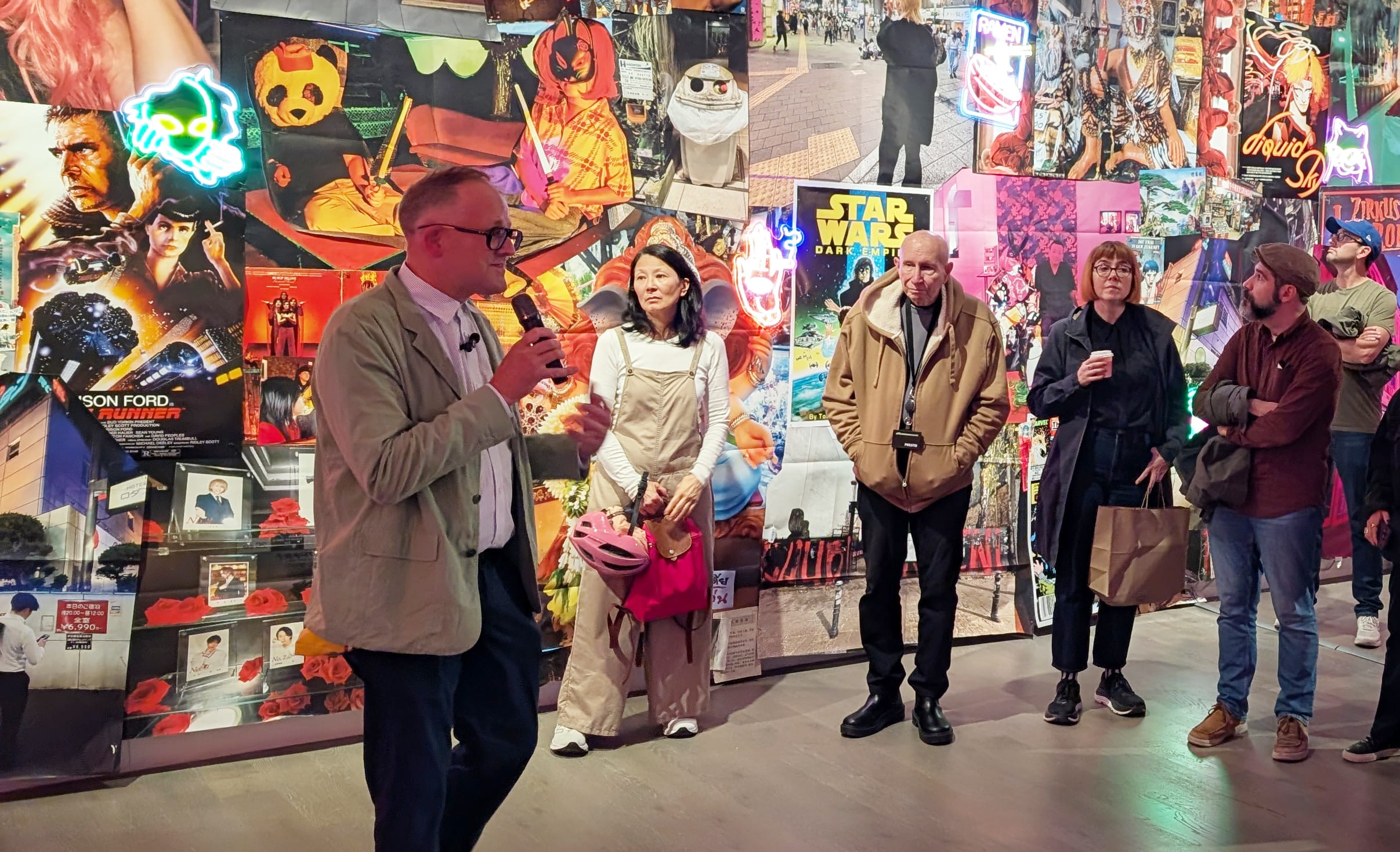Hideouts and the Architecture of Survival
An excerpt from a recent lecture at Koffler Arts by historian and artist Natalia Romik on the hiding places Jews in Poland and Ukraine created during the Holocaust.

On March 26, Koffler Arts hosted an illustrated lecture by the historian, architect, and artist Dr. Natalia Romik about her 2022 exhibition Hideouts: The Architecture of Survival. Presented at the Zachęta National Gallery of Art in Warsaw, the exhibition both documented and honoured the hiding places built and used by Jews during the Holocaust, from tree hollows and caves to wardrobes, graves, and sewers. Installations created for the show juxtaposed documentary materials (films, forensic recordings, photographs, documents, found objects) from Romik’s collaborative research activities with silver-cast sculptures made at these sites of temporary refuge.
Romik’s work focuses on Jewish memory and Holocaust commemoration in Eastern Europe, particularly Poland and Ukraine. She has collaborated as a curator and exhibition designer at POLIN Museum of the History of Polish Jews and is a winner of the 2022 Dan David Prize. During her doctoral work Romik created the Nomadic Shtetl Archive: a repository of prewar Jewish mementos and artifacts presented inside in a mirrored mobile home, which she toured to former shtetls in southwest Poland.
In the following excerpt from her talk at Koffler Arts, Dr. Romik discusses one particularly ingenious hideout she researched, and made a cast of, in Wiśniowa, Poland—the Oak Józef tree.
*
The topic of Jews-in-hiding, and those helping them, has appeared in various Shoah research contexts. For example, Night Without End: The Fate of the Jews in German-Occupied Poland, edited by Jan Grabowski and Barbara Engelking, Jacek Leociak’s Life Saving Stories of the Poles and Jews, and the amazing articles by Natalia Aleksiun about survival.
Out of the three million Jewish citizens who lived in pre-war Poland, only 50,000 survived the Holocaust by hiding among the rest of the population. Some of them managed to survive in this manner by themselves, while others were helped by their compatriots. They were hiding not only from Nazi persecutors, but also from other Poles, Ukrainians, and Belarusians who might hand them over for financial gain.
Most survivors had to refurbish existing architecture, like attics, sewers, and cellars to serve as their hideouts, or build new shelters in the hollows of trees or empty graves. This basic infrastructure of survival not only had to conceal people, but sustain the basic functions of life—providing shelter, food, air, water, waste disposal, using only a couple of square metres.
The case study that opened the exhibition, and also my research, is the extraordinary story of the Oak Józef tree. A hollowed out English oak, it holds the secret of two Jewish siblings who once hid inside. Among the local population they are known as the Hymi brothers.

More than 650 years old, the Oak Józef tree grows in a park on the grounds of the Mycielski estate in Wiśniowa, southern Poland. The local community still keep the memory of how the tree was a wartime hiding place for two Jewish brothers, which has been confirmed by the post-war account from the journalist Julian Pelc. In a written statement from 1961, which I found in the archives of the United States Holocaust Memorial Museum in Washington, Pelc testified that indeed he saw something inside the tree, some signs of a human presence, and that a gap in the tree made it possible to sneak inside. Today this gap is actually quite overgrown, with only a small crack in the trunk that allows for an inspection of the interior.
Extended examination of the site began in August 2019 with the help of Jerzy Bielczyk, a local botanist. He accompanied me for my first look inside the hollow tree from a crane 14 or 15 feet high. When filming inside the tree’s trunk using an endoscopic camera, we discovered several wooden steps supported by metal brackets. According to experts, it was undoubtedly made before the Second World War.
As for the brothers and their names—we were sure from the beginning of our work with anthropologist Aleksandra Janus that Hymi could not have been their real name. We only learned their real name when we encountered Dorota and Wiesław Salamon, who were at the time working on a book about the local Jewish school. They were the first to tell us that the brothers were, in fact, Paul and Dawid Denholz.
Soon after we managed to contact their two daughters, who were living in New York. They shared with us the family archive, which enabled us to reconstruct, at least in part, Paul, Dawid, and their family’s wartime fate. Dawid and Paul Denholz came from nearby Frysztak, and the tree was probably one of their many hiding places. After escaping in 1942 from the Płaszów concentration camp in Kraków, they hid in the surrounding forests, fields, and farms. Some former neighbors came to their aid, but we don't have the exact testimony. From a family of ten, they were the only ones who survived the war. After the war ended, they both settled in the United States.
I will talk for a moment about the design of the sculpture. Using a classical sculptural casting technique, I envision sculptures like the one we made from the Oak Józef to be a mirror-like imprint of a historical hiding place. Collaborating with Agnieszka Szreder and Oleksii Konoschenko, once the silicone structure hardened, the gypsum master model and scaffolding were applied in order to protect the form of the sculpture.


Preparing the cast at the base of the Oak Józef tree. (Image courtesy Natalia Romik)
In the final step, an exact one-to-one cast from the base of the tree, where there remains a small gap, was created from an acrylic mixture. When that was complete, the sculpture was sent to the Piotr Pelc conservatory studio in Wrocław. There it was also silver plated using a well known method in monument conservation that is applied to sculptures and sacral architecture.
Next, there was a sophisticated process involving the application of the highest quality of silver flakes to the sculpture’s surface, followed by lengthy polishing. Regarding the art methodology, I combined a review of existing literature and documentary materials, such as survivor memoirs, archival research, and archaeological surveys with site visits and investigations of the material remains of still existing hideouts, and 3D scans. It was an interdisciplinary methodology aimed at documenting and reconstructing hideouts, but also the crucial study of social memory.
Koffler Arts wishes to thank its partners who helped present Natalia Romik’s talk: the POLIN Museum of the History of Polish Jews, in Warsaw, Poland, and the Israel and Golda Koschitzky Centre for Jewish Studies, York University, Toronto.





